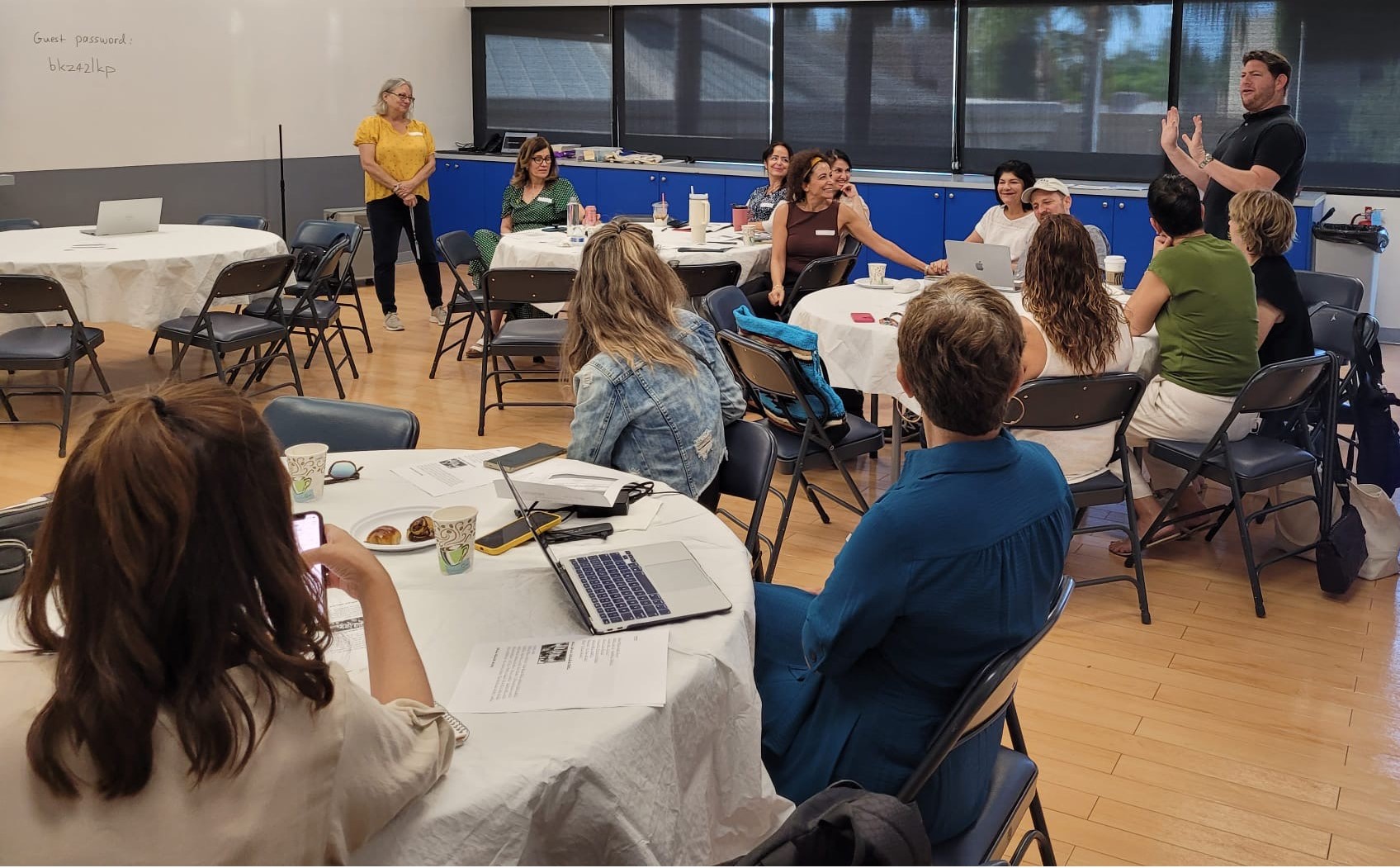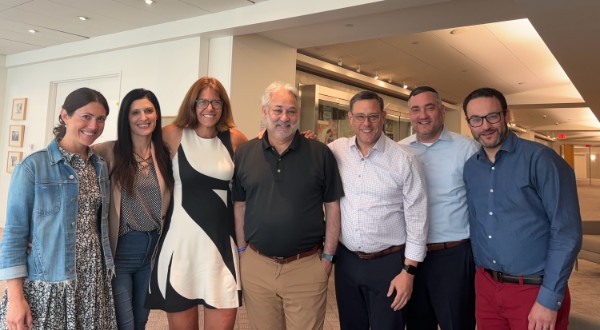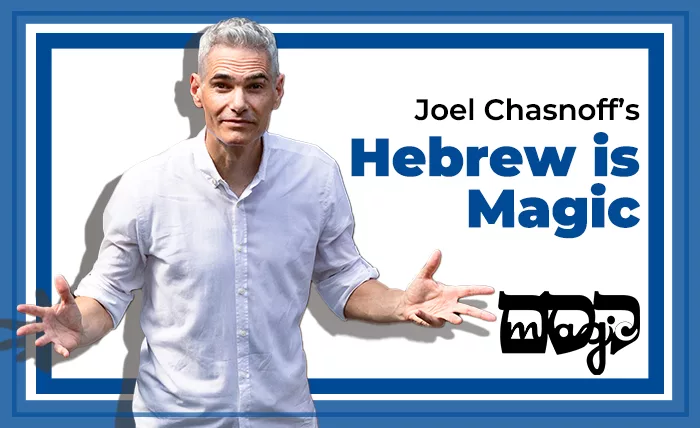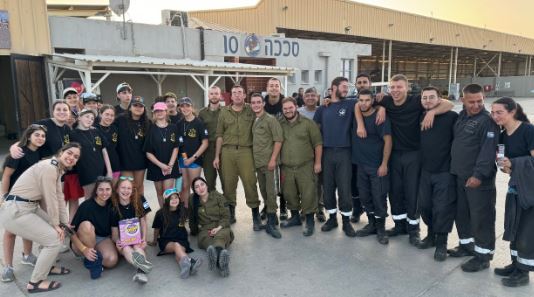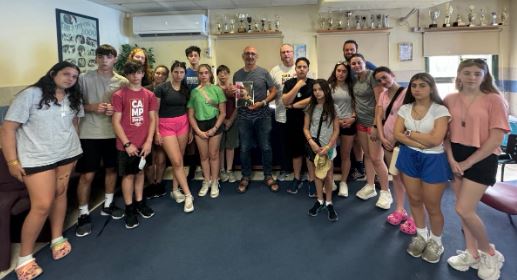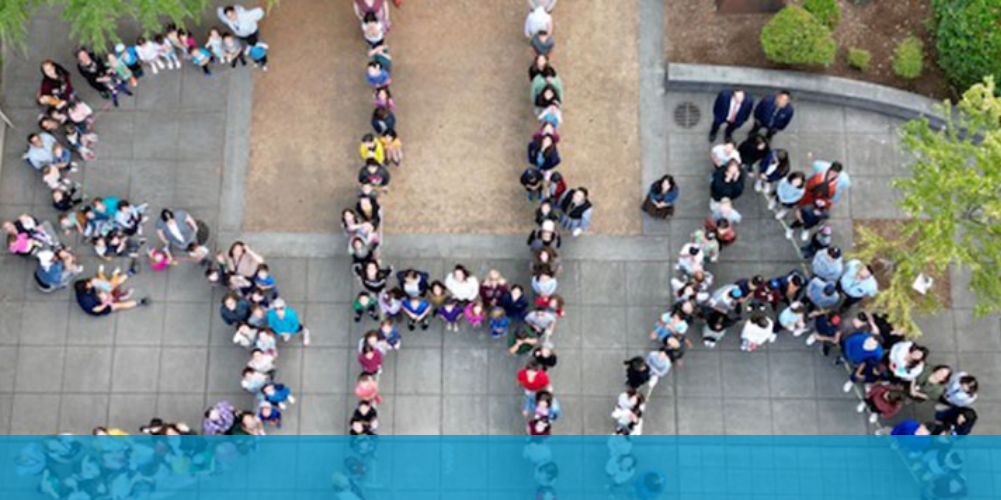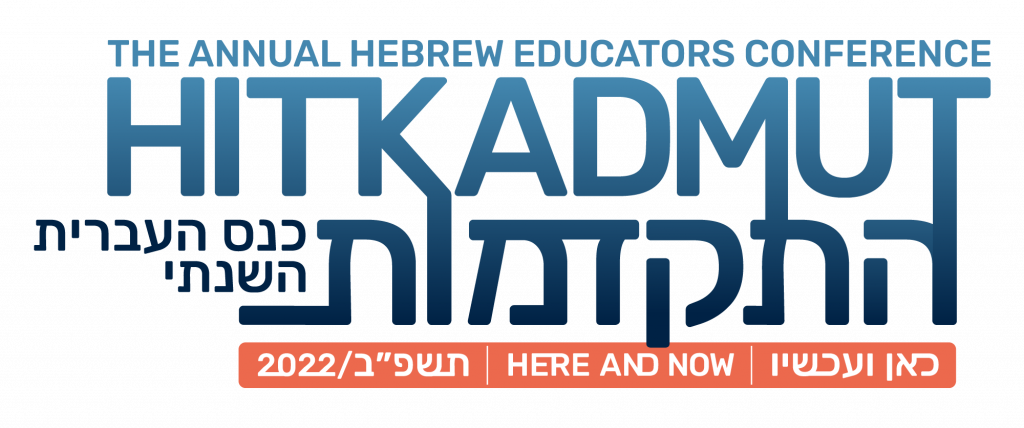Almost 11 months ago our world turned upside down, when Hamas attacked Israel on October 7th. This attack – and the subsequent wars with Hamas and Hezbollah feels personal. While still needing to remain composed, empathetic, and charismatic, for Israeli teachers at Jewish schools in the Diaspora, this past school year was a particularly wrenching time. Once the hectic routine of the school year wound down in June, many Israeli teachers could finally let down their guards and allow their feelings wash over them.
E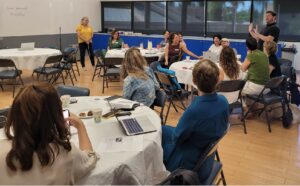 frat Yakobi-Gafni, Hebrew language department chair at Abraham Joshua Heschel Day School’s Middle School in Northridge, California, became determined to “do something about it.” Efrat led the charge to organize a gathering – in person – of Hebrew language and other Israeli teachers from across the Los Angeles Metropolitan area to lift each other from the morose and anxiety that she and others were feeling, and to share fresh ideas for teaching about Israel in Hebrew classes. Thus, was born the idea for a professional half-day gathering for Middle and High School Hebrew teachers, conducted entirely in Hebrew, held on a Sunday August 25, 2024 | 21 Av 5785, called “ישראל בשיעור העברית” or “Israel in the Hebrew Class,” hosted by The Heschel Day school. Heschel is a K-8 Community Day School whose middle school offers 4 different levels of Hebrew instruction per grade, from new Hebrew leaders through Hebrew heritage speakers/learners.
frat Yakobi-Gafni, Hebrew language department chair at Abraham Joshua Heschel Day School’s Middle School in Northridge, California, became determined to “do something about it.” Efrat led the charge to organize a gathering – in person – of Hebrew language and other Israeli teachers from across the Los Angeles Metropolitan area to lift each other from the morose and anxiety that she and others were feeling, and to share fresh ideas for teaching about Israel in Hebrew classes. Thus, was born the idea for a professional half-day gathering for Middle and High School Hebrew teachers, conducted entirely in Hebrew, held on a Sunday August 25, 2024 | 21 Av 5785, called “ישראל בשיעור העברית” or “Israel in the Hebrew Class,” hosted by The Heschel Day school. Heschel is a K-8 Community Day School whose middle school offers 4 different levels of Hebrew instruction per grade, from new Hebrew leaders through Hebrew heritage speakers/learners.
Hebrew at the Center’s Member School Highlight sat down with Efrat to hear her reflections about the gathering of teachers from more than half a dozen LA Jewish day schools and Yeshivot. Here are translated excerpts from MSH’s interview with Efrat Yakobi-Gafni, which was conducted in Hebrew:
MSH: Who was your end-game target audience? Were you organizing this to support the Hebrew teachers or were you organizing this so that Hebrew teachers could plan for deeper student engagement?
EYG: To be honest? It started with a target audience of one. Me! The origin of this conference rippled out from the personal to the professional. I needed to refuel and to talk to fellow Hebrew speaking and Hebrew teaching practitioners. To comfort and be comforted. To learn from and with other veteran teachers and to brainstorm with them and with novice teachers regarding what to say to students on the first day of a new school year. I imagined that other teachers shared my yearning. As professionals, we all need to think about our students, the future leaders of the Jewish community, and how they will move forward during this chronic crisis. At the Abraham Joshua Heschel Day School, in addition to our regular Hebrew classes, we have a period every Friday called “שישי ישראלי” focused on Israeli news and culture. Shockingly, the focus changed last October, and unfortunately, almost one year later, things have not gone back to “normal.” How will we deal with that fact on the first day of school?
MSH: Why didn’t you just gather your own teachers from Abraham Joshual Heschel Day School? How did you get the idea to gather the Hebrew language teachers from all LA County?
EYG: My instinct told me the new reality transcends one school. We at Heschel could not be the only ones to be struggling with this dilemma. As for the idea of organizing a county-wide conference: In May, 2024, the BJE of LA put together a conference for Judaic Studies teachers on helping students cope with the war with Hamas. I am not a Judaic Studies teacher, so I did not receive an invitation, but Heschel’s Head of School at Heschel, Larry Kligman thought I’d be interested so he forwarded me the invitation and I attended. (Editor’s Note: This is Efrat’s 4th decade teaching Hebrew as a second language and her 18th year as the Hebrew Department Chair at the Abraham Joshua Heschel Day School’s Middle School. Efrat embodies being a lifelong learner and her Head of School honors this fact. In addition to holding a BA in English Literature from the University of Haifa, a teaching certificate from Oranim, and an MA in Hebrew letters from the American Jewish University, Efrat attends as many professional seminars and conferences as possible as part of her continuing professional education.) As the BJE-LA conference for Judaic Studies teachers proceeded, it struck me that the absence of other Hebrew language teachers was a missed opportunity. In the Hebrew classroom, we recreate a piece of Israeli culture every day. Authentic language is the best way to teach culture, and Hebrew is the language of Israel. I asked if the BJE was planning a day of learning about the current complexities, in Hebrew, and the answer was “no, not this year,” which triggered me to think about organizing a conference, for and by Hebrew language teachers, in Hebrew, at Heschel.
MGH: This was an ambitious project for one Hebrew teacher, from one school, to take on!
EYG: Yes, indeed! But a fire was burning inside of me. The Abraham Joshua Heschel Day School recently became a member of Hebrew at the Center, and I consulted with them. I heard from Dr. Esty Gross, Hebrew at the Center’s Chief of Staff and Director of Education, that a fellow Middle School Hebrew department chair from a school in New York had organized a similar day of peer-to-peer Hebrew professional development last spring, to which Hebrew language professionals from other schools in the NYC Metro area were invited.. Esty put me in touch with Sarit Nevo, The Leffell School’s Upper School Hebrew language chair, who generously shared micro and macro details from her own experience spearheading and organizing the “Shiur Ivrit” conference in April 2024. Reviewing Sarit’s game plan and master schedule gave me a framework to build upon. I realized that I need additional partners, including those from within my own school! I had to make my case, but Larry Kligman, our Head of School was very supportive and generous in making this event possible. In additional to expertise and marketing support from Hebrew at the Center, I also received support from Rabbi Jim Rogozen, Director of the Center for Excellence in Day School Education at the BJE of Los Angeles.
MSH: Did you get much of a response? How did the “Israel in the Hebrew Class” Conference go?
EYG: So much work went into creating and executing this conference. I wanted it to happen in June, but it was hard to gain traction in such a short window of time. However, once I got this idea into my head, I persevered. I would not abort the mission, and in the end, the conference far exceeded my expectations! About 25 Hebrew language teachers attended from 6 or 8 Los Angeles-based schools. Los Angeles County is large! People traveled for up to an hour to get to Heschel early on a Sunday morning. Considering that it was the last Sunday before the start of a new school year, that a phenominal response from truly dedicated teachers! Orthodox, Community, Conservative, and Reform Day Schools and Yeshivas were represented. K’lal Yisrael pulled together.
At the conference, there was time for us to reunite with old colleagues and meet new ones from across the city, the valley, and the hills of Los Angeles. There were four breakout options over 2 periods to choose from, peer-led by myself, another Heschel Day School teacher, and colleagues from 2 other schools. There was an excellent keynote address by Dr. Esty Gross. Heschel’s school rabbi spoke movingly, and there was a beautiful greeting from Rabbi Rogozin of the BJE. Just as importantly, there was excellent food! Don’t underestimate the importance of eating well to drive high-level thinking, sharing, and collaboration!
The entire conference was conducted in Hebrew, and all teachers from all LA-based day schools who know Hebrew were invited to participate, regardless of their subject. This was the first such gathering for Hebrew speaking teachers since before the pandemic and I am confident it will not be the last. I am proud to have hosted, and so very grateful to Larry Kligman and the rest of the administration at the Abraham Joshua Heschel Day School for believing in, trusting, and supporting our efforts to see this vision through. With all the nuance and complexity of the current situation in Israel, all teachers who attended are now in a better frame of mind to begin teaching their classes.
MSH: Rabbi Jim Rogozen commented: “I was very impressed by the initiative of Efrat Yakobi-Gafni and the other Heschel teachers, and the creative programmatic framing of Dr. Esty Gross from Hebrew at the Center. The fact that so many teachers gave up their last free Sunday before the school year shows their commitment to Israel, their schools, and their students. BJE LA was proud to support such a great event. Kol HaKavod!”
Hebrew at the Center is honored to have Abraham Joshua Heschel as a new member. May you and all your faculty and students have an inspiring year.
______________________________
If you are a Hebrew at the Center Member School interested in organizing a day of peer-to-peer professional learning in your community, contact Dr. Esty Gross at Hebrew at the Center, Sarit Nevo at The Leffell School in Westchester, NY, or Efrat Yakobi-Gafni at the Abraham Joshua Heschel Day School in Northridge, CA.

